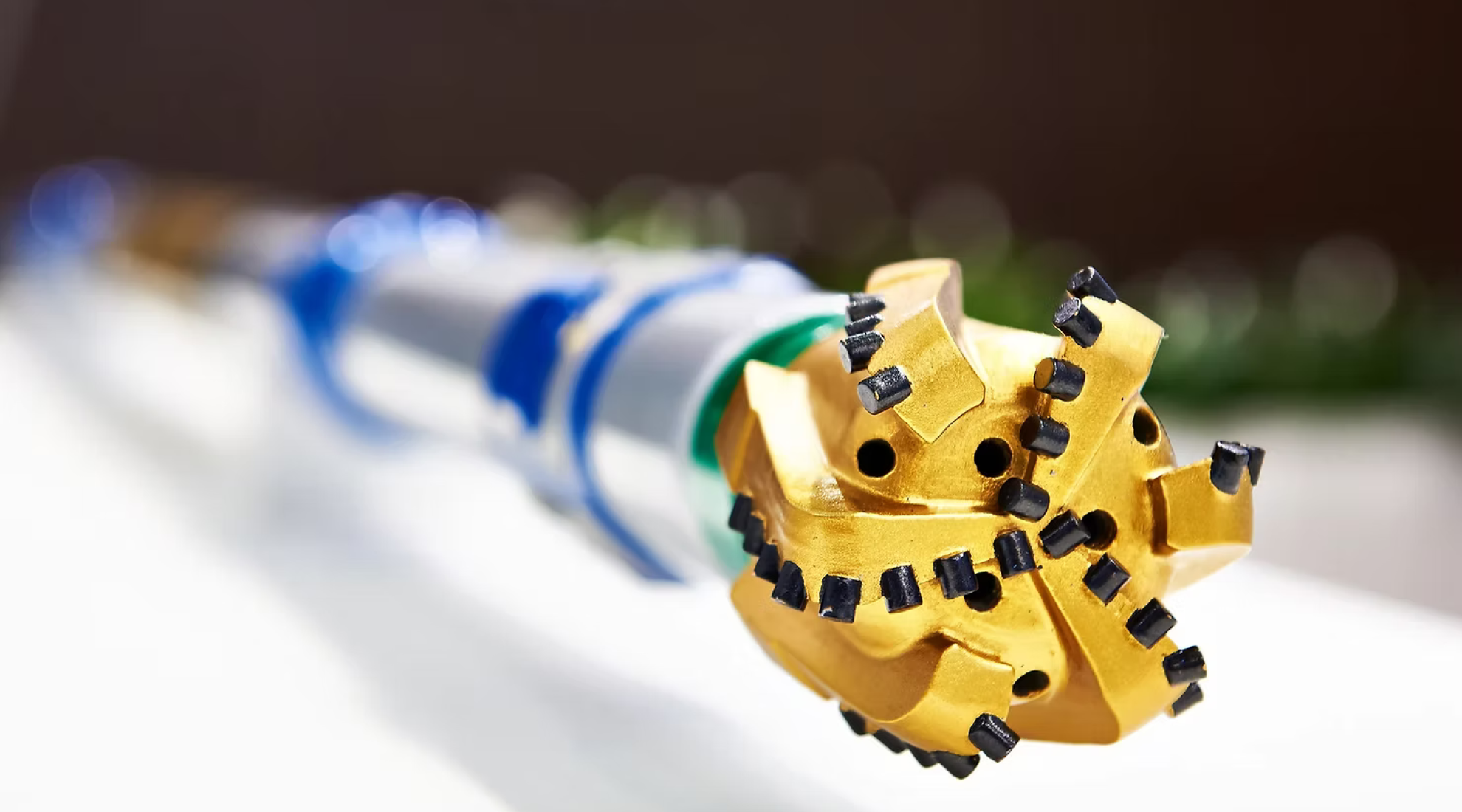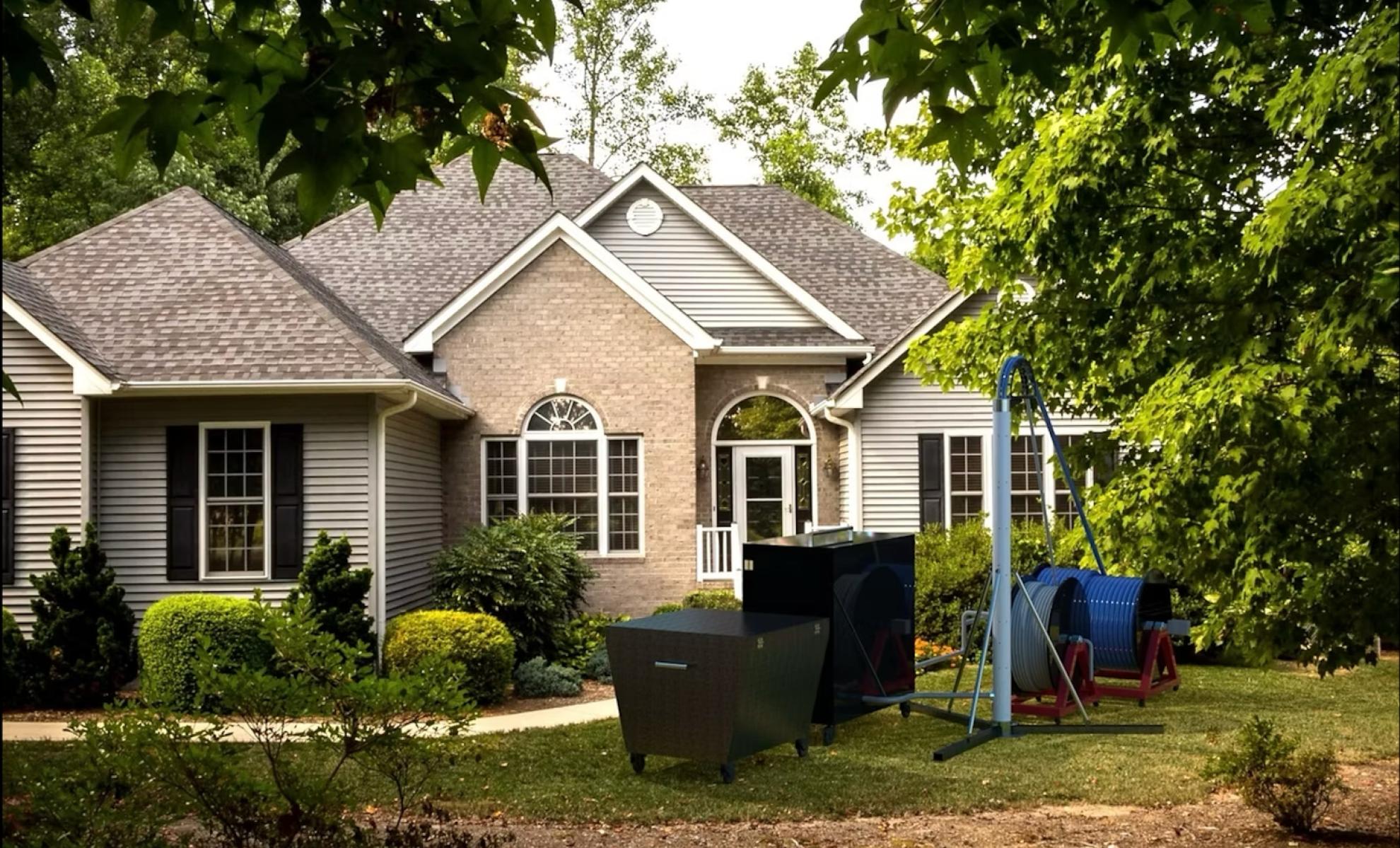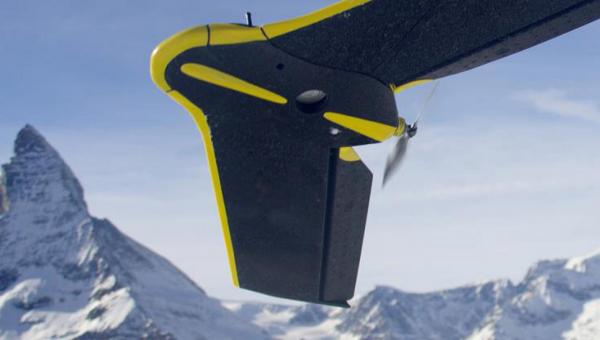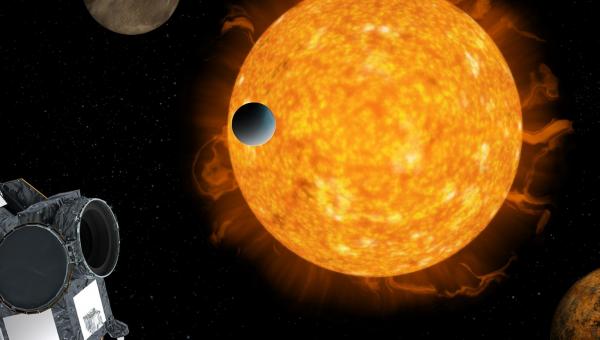Making geothermal energy accessible to all

Borobotics has developed an autonomous drilling machine that promises to make geothermal energy cheaper and more accessible to everyone.
At a depth of 1,000 metres below the earth's surface, the temperature remains constant at around 40°C. Thanks to geothermal energy, heat pumps can provide heating at much shallower drilling depths. In 2023, 21% of residential buildings in Switzerland were already equipped with a heat pump, and the trend is rising. However, drilling down to 250 metres has one drawback: it uses a lot of energy. That's because it takes up to 1,800 litres of diesel to drill a well, resulting in almost five tonnes of CO2 emissions. In addition, drilling equipment is very large, which makes it difficult to use geothermal energy in densely built-up areas.
Taking geothermal drilling to the next level
Borobotics, a spin-off from Zurich University of Applied Sciences, can solve all these problems. In Switzerland alone, some 450,000 heat pumps are expected to be installed by 2035. To tap into this market, the young company, founded in 2023, has developed a special drilling machine that is much smaller and uses much less energy than previous drilling equipment. Thanks to the latest technology and a high degree of automation, the manpower required for a drilling operation is reduced, which also lowers the price. The drill, called the Grabowski, is only two metres high, compared to around six metres for conventional drills. The Grabowski can therefore drill holes for geothermal probes in city centres and basements, which were previously off limits for the technology.

Visualisation of the innovative geothermal drilling system in operation.
Autonomous, intelligent drill head
The drill head allows the robot to autonomously drill through different types of soil, from clay to granite. According to the developers, the maximum drilling depth is around 250m, which is sufficient to exploit near-surface geothermal energy. The robot automatically detects the type of soil through its sensors in the drill head. If the surrounding material is too soft, Grabowski can print a pipe using 3D printing to stabilise the borehole. This should ensure stable drilling. If it encounters water or gas while drilling, the robot can detect this and seal the borehole itself to avoid any nasty surprises.
Positive impact on carbon footprint
The electrically powered drilling robot can be used almost anywhere there is a standard household socket. Its carbon footprint is correspondingly small compared to diesel-powered drilling systems. With 288kg of Co2 emissions per drilling operation, it produces 86% fewer emissions than conventional diesel-powered drills.
The start-up recently successfully closed its seed round of CHF 1.3 million. This will enable the team to finish testing the second prototype and proceed to marketing, which is planned for early 2026. In this way, Borobotics aims to lower the barriers using geothermal energy in urban areas and contribute to the heat transition.




